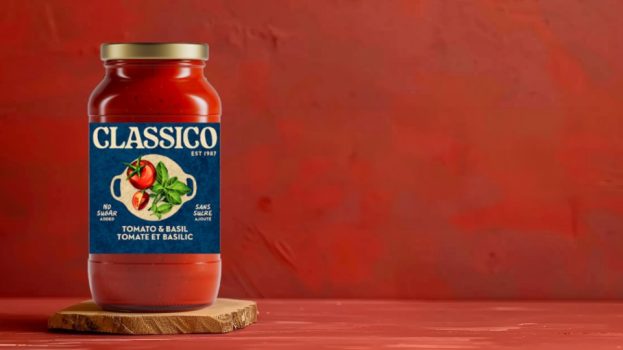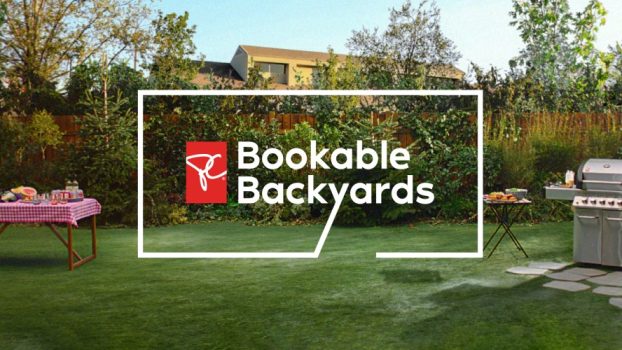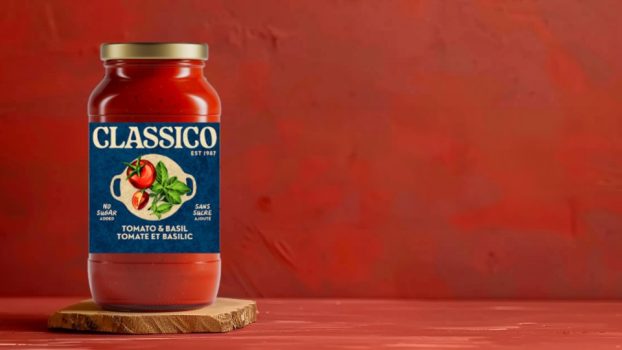We all know how important brand-building advertising is to our marketing strategies. But share of voice seldom correlates with share of SKUs. The retailer is the Keeper of All Brands, but agencies often do not satisfy the retailer’s need to maintain the store’s brand integrity, while still maintaining their client’s.
The message of the national campaign often disappears in the store. Co-op advertising is popular, but pleases neither party; I’ve often seen expensive P-O-P material stacked behind the store manager’s office door. Is this conflict resolvable? And is it worth the effort to resolve?
I would argue that not only is it worth it, but it is imperative because of the critical role that in-store marketing communications plays in the overall success of any consumer product campaign. We come to this realization when we recognize consumers as purchasers, not merely as lifestyle segments. If you believe, as I do, that it isn’t creative unless it sells, than you must also believe that unless you close the sale, it isn’t sold, and there is only one place to close a sale: ‘inside the box.’
If 66% of all purchase decisions are made in-store, then why are clients and agencies not doing more to directly influence that decision? Why do agencies think that the slightest whiff of retail is enough to contaminate any national campaign? (Starbursts aren’t mandatory, after all.) Is it a battle that agencies just don’t want to fight with retailers, or is it that agencies just don’t understand the importance of thinking inside the box?
Thinking inside the box is exactly that: thinking! It isn’t taking Moulin Rouge imagery from a national campaign and shoving it into a retail store. That’s like translating copy to French and thinking you’ve addressed the francophone market. Adapting a brand for retail requires understanding of (a) the brand’s personality, (b) the store’s personality, and (c) the influences shaping consumer behavior in the retail environment.
Making this adaptation is difficult and strategic. To get your product in the bag and out the door, you must drive consumer response in the store. The premise behind this type of Response-Driven Advertising is that it is designed to influence and direct every step of this process. It does not begin with national brand creative or media. It begins with the consumer and the process they go through in making their purchase decision. It is at this level that we discover which key elements will help motivate the purchase.
Today, even your unique selling proposition (USP) must go further than it has before. Your USP must not only address the key attributes of your product, but it must also out-sell your competitors. The key is to know what your competitors are saying and what your customers want to hear. Don’t establish your own USP, let your customers do it for you.
We all know that the core of any good advertising campaign is consistency and continuity. But each element, even though part of a greater picture, must work on its own. You cannot hope the consumer will put the puzzle together. Keep the message simple, respect the medium you’re in and support every step that influences the purchase decision. Understand which steps sow the seed, and which sell the plant.
Response-Driven Advertising is not lifting a frame from a 30-second TV spot and making it into a poster; the retail store should not be used as a vehicle to further develop your brand. When a consumer is in the store and ready to purchase your product, you don’t want to sow more seeds: you want to sell the damn plant!
Although a retail store contains all of the brands, the store is also a brand in itself. We must frequently ask ourselves, ‘which brand did the consumer really buy, the store’s or the product’s?’ You will often hear someone say, ‘Great tie. Where did you get it?’ not ‘What brand is it?’ Simply put, retail stores don’t mind supporting your brand – I don’t know one retailer who isn’t interested in selling more of your product – they just don’t want your brand to erode theirs.
Think about it: a consumer walks into the store and is ready to make a purchase. They know what they want, and usually there is no salesperson available to support that decision, so they find the department themselves and in plain sight they are exposed to a multitude of competitive products. Were your advertising efforts strong enough not only to convince them to seek out your product, but also to combat all external influences, like competitive products?
Ted Turner was once asked, ‘Is it better to advertise at the game or on a commercial during the game?’ He said, ‘At the game, because you have a captive audience. Who takes a beer or bathroom break during the game?’
The retail store is where the game is played.
Below are two examples of the theory in action.
T-FAL sticks it to the competition
Part of the French group, SEB, T-Fal is a world leader in the small domestic equipment market. Famous worldwide as the company that brought us the non-stick pan, T-Fal was preparing for its most significant cookware launch in several years, with the introduction of Thermospot. This innovative, heat-activated technology is used to signal when a pan reaches its optimum cooking temperature.
Objective
To provide all P-O-P material in support of the Thermospot launch.
Action
We shopped the stores and discovered a fiercely competitive environment. It was particularly difficult to distinguish one brand from another, and space for product merchandising was severely limited.
Traditionally, stores create space-saving display walls of pans, leaving little room to promote the key selling features and attributes of the product. Our program made use of specially designed P-O-P pieces that we called wall plates, which fitted neatly into the available space and drew immediate attention to the T-Fal and Thermospot message.
Result
Thermospot was T-Fal’s most successful new product launch to date. The agency’s winning instore campaign had such broad appeal that it was picked up by T-Fal internationally.
Bose P-O-P pops sales
Bose is best known as a manufacturer of innovative speakers. Bose sound ranks among best-sellers in North America, Europe, Australia and Japan. To help promote its products, Bose Canada had traditionally used only U.S.-based creative, adapted for the Canadian market. The company now wanted to develop a P-O-P program with a local focus, to appease its dealers.
Objective
To design a six-week P-O-P program that would demonstrate support for Bose dealers, provide store-level presence and help stimulate sales.
Action
We sent professional ‘silent shoppers’ into Bose dealer locations, to gain a clear understanding of the selling environment and key product benefits.
Our shoppers discovered that salespeople were difficult to find and frequently lacking in Bose product knowledge.
We decided to create a dealer program that would reinforce the Bose premium price position, act as a silent salesman and also educate both the consumer and the salesperson.
We designed special Bose buttons that immediately identified salespeople to potential customers. We gave mini information cards to all salespeople, to help them describe key selling benefits (these were particularly helpful to part-time staff, who had to learn new features quickly).
We developed programs designed to encourage product trial and arranged in-store demonstrations to highlight particular product features.
Result
Using only P-O-P initiatives, the campaign increased Bose Canada’s sales by 66% compared to the same period the previous year, when no advertising or P-O-P initiatives had taken place. It was the most successful campaign that Bose had ever conducted.
Jeffrey Gottheil is president and CD of Toronto-based J. Gottheil Marketing Communications, a full-service advertising agency, specializing in retail marketing.























